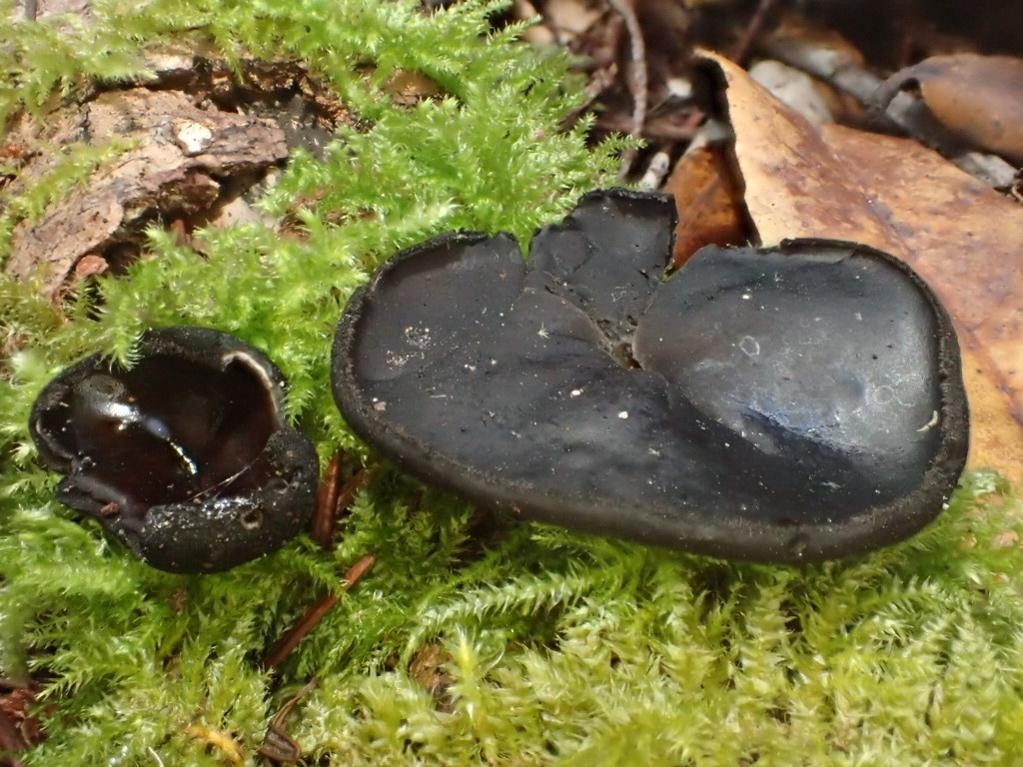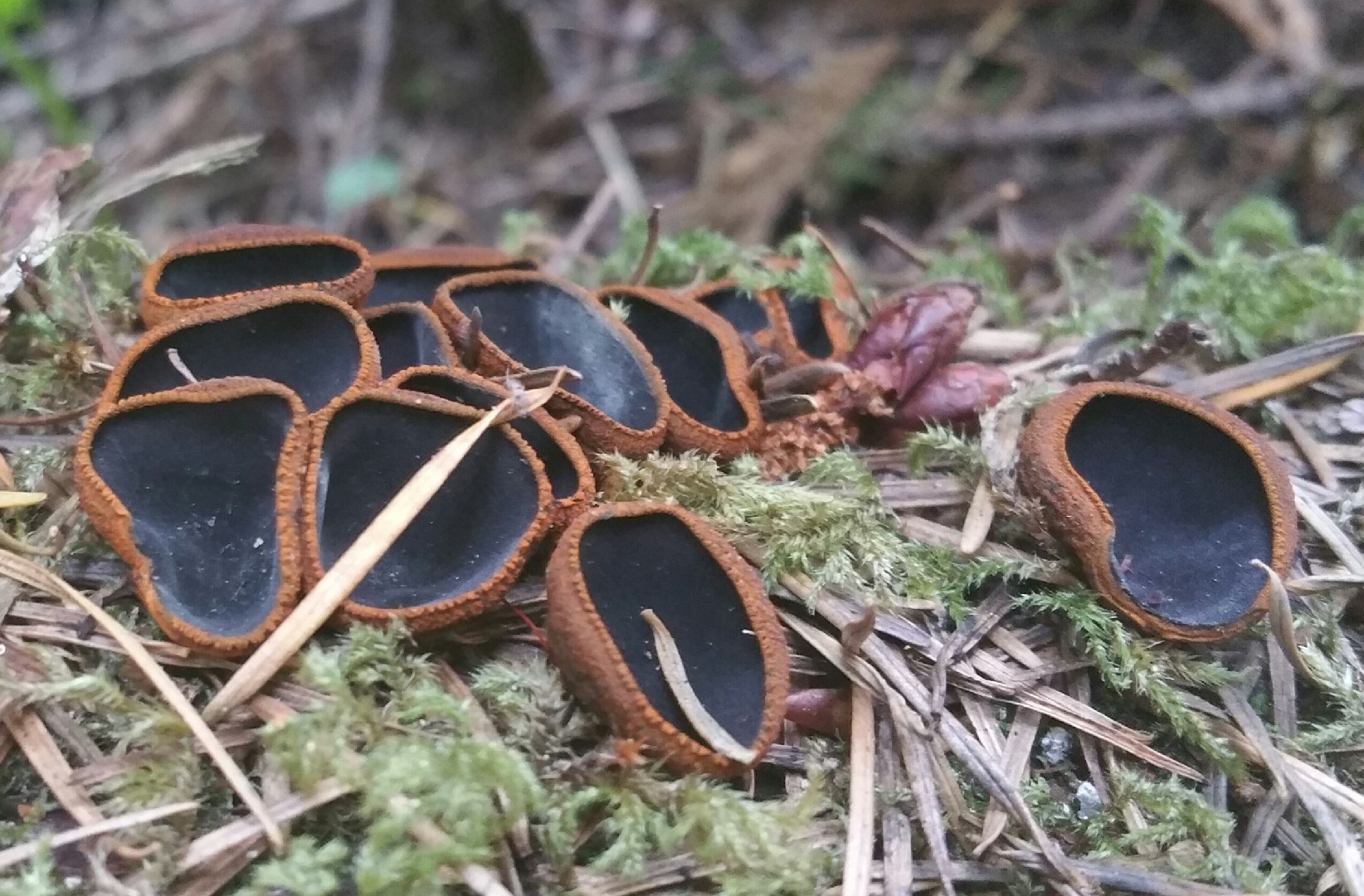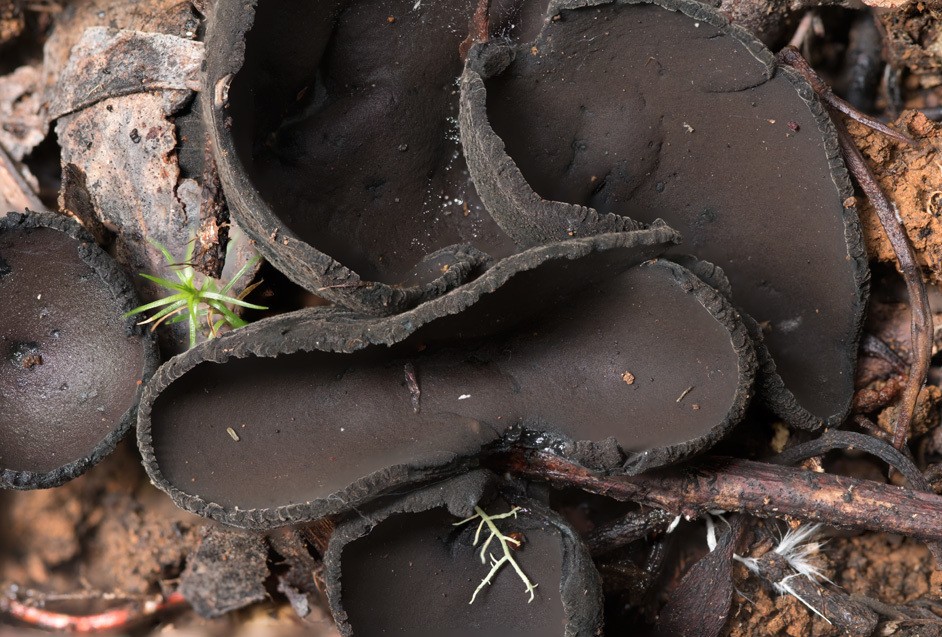Plectania
Scientific name: Plectania
Plectania
Scientific name: Plectania
 Photo By Liam O'Brien , used under CC-BY-4.0 /Cropped and compressed from original
Photo By Liam O'Brien , used under CC-BY-4.0 /Cropped and compressed from original Description
Plectania is known for its striking, dark-colored fruiting bodies that resemble small cups or saucers. These fascinating organisms often grow on decaying wood or forest litter, appearing after rainy periods. Some species within this group have a unique ability to eject their spores with a forceful burst, helping them spread effectively. Plectania typically thrives in moist, shaded environments, making them a common find during the cooler, wetter parts of the year.


